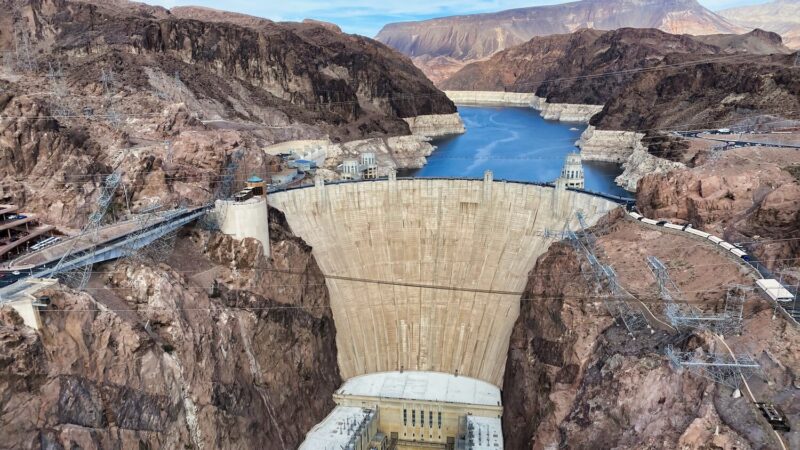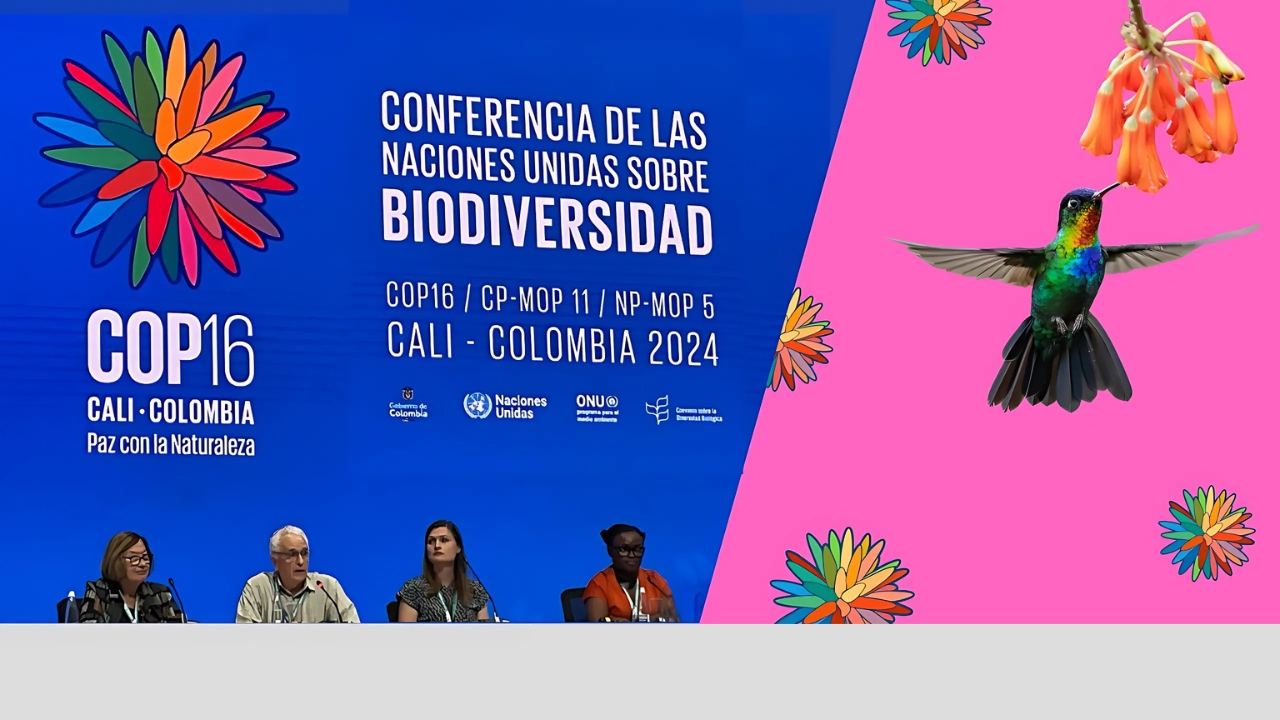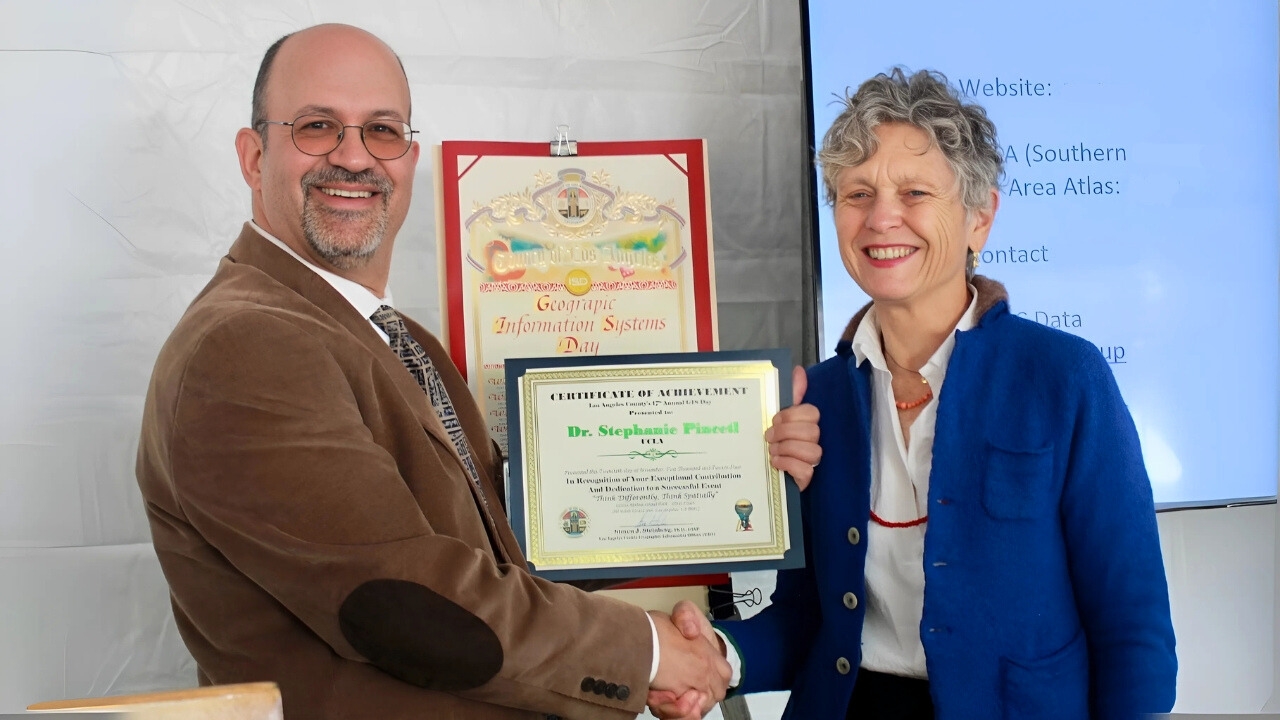
Researchers create framework for evaluating environmental stopgap measures
UCLA study offers new way to look at temporary solutions that could buy more time for our planet
Ending global environmental crises such as climate change and slowing the growing number of extinctions of plant and animal species will require radical solutions that could take centuries to implement. Meanwhile, the crises are damaging the planet and human well-being in ways that cannot wait for perfect solutions.
So academics and other environmental leaders are turning their focus to stopgap measures, which may not fully solve the bigger problems but could mitigate the damage from climate change while more complex, longer-term solutions are implemented.
A new paper in Nature Sustainability — written by 13 academics and nonprofit organization leaders, including UCLA experts in science, law and public policy — evaluates the effectiveness of such measures and recommends a framework for evaluating them.
Environmental stopgap measures could include using hatcheries to support wild salmon populations, for example, instead of fully restoring salmon habitats. Or solar geoengineering — spraying small amounts of reflective aerosols into the stratosphere to reflect away sunlight and slow global warming — instead of the larger, more complex processes of transitioning our society to be carbon-neutral and removing carbon dioxide from the atmosphere.
Recent history offers specific examples, said Holly Buck, a UCLA postdoctoral scholar and lead author of the paper. Puerto Rico turned to quick fixes after its power grid was ravaged by Hurricane Maria, using gas-powered generators while more permanent infrastructure was rebuilt.
And in 2019, Pacific Gas & Electric cut off electricity to more than 2 million people during periods of extreme wildfire risk in California, recognizing that equipment failures had been linked to five of the 10 most destructive fires in the state since 2015.
The paper sheds light on the social implications of climate change solutions, where previous research tended to focus mostly on the measures’ technical and engineering perspectives.
“We’re asking questions about who wins, who loses and who makes the decisions,” Buck said. “That will make the discussion more robust.”
The framework for evaluating stopgap measures comprises eight criteria:
- Short-term effectiveness
- Risks and harms
- So-called distributional effects — that is, who wins and who loses
- Whether there is a cost-effective path toward an economically viable permanent solution
- Whether it will act as a barrier to future solutions
- How it will enable long-term goals to be realized
- Whether there is a mechanism to move from short-term to long-term goals
- If it includes a process to evaluate long-term solutions and paths to get there
The paper applied that framework to stratospheric aerosol injections, a type of solar geoengineering that could be used as stopgap until the ultimate goal of halting emissions and removing carbon dioxide from the atmosphere can be achieved.
The authors examined the approach because it is promising but has raised controversy. Early tests show it would be highly effective and come with few economic tradeoffs, and it performed well when judged by some of the criteria listed in the paper. But it is less clear whether solar geoengineering might put at risk communities, groups or nations that are short on resources. In addition, stopgap measures often raise concerns about whether they will create disincentives for more urgent actions to reduce emissions and remove carbon from the atmosphere.
“The real question is, when do these environmental stopgaps become an excuse for not moving forward?” Buck said. “That’s a clear danger, but we need to bring it up and talk about it.”
The analysis uncovered another problem common to newer stopgap measures: a lack of research. The authors believe that if researchers can assess the benefits and costs of stopgaps as a practice overall, environmental scientists and policy analysts in the years to come will be better able to judge new stopgap measures as they’re proposed.
For many environmental researchers and advocates, the new approach may be a tough pill to swallow.
“We want a purity of solutions and a best-case future,” Buck said. “It can be hard for people to think about solutions that may only bear fruit two or three generations down the road.”
Peter Kareiva, co-author of the paper and director of the UCLA Institute of the Environment and Sustainability, said temporary fixes are common in everyday life.
“Stopgaps are all around us: short-term loans until the paycheck arrives, the car door that is wired shut until you can afford to pay the body shop to replace it and, of course, physical distancing to flatten the COVID-19 curve until hospitals can prepare and until a vaccine can be discovered and distributed,” Kareiva said. “In some cases, they are obviously reasonable. In some cases, they are clearly unwise. In all cases, the question of equity and fairness should be raised.”
Top image: The paper considers the possible effects of measures like solar geoengineering, which involves spraying small amounts of reflective aerosols into the stratosphere to reflect away sunlight and slow global warming. | NASA/JSC Gateway to Astronaut Photography of Earth
Published:


